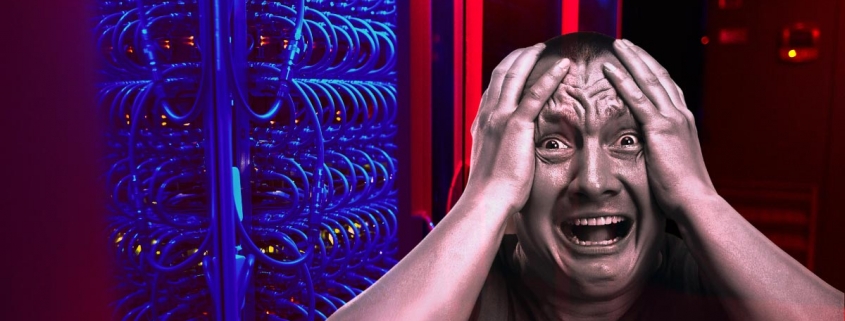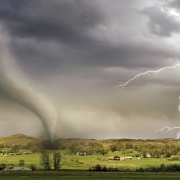This Halloween, beware the vampire server
Halloween brings joy to many in the form of tricks and treats. But to IT managers, Halloween is a stark reminder of the evil spirits that hide out of sight in data center cabinets and public cloud applications. Vampires, zombies and ghosts haunt the infrastructure, sucking valuable energy, space and resources. IT managers need to hunt, identify and purge these evil spirits before it’s too late — efficiency and sustainability are at stake.
Vampire (or comatose) servers and virtual machines lie — seemingly dead — in the shadows, their purpose unknown. Left forgotten due to staff changes, poor tagging or deprived documentation, there are no records of their function or value. But their removal should be performed with care. The aggression of a user who loses their valued, but seldom used, business process can be far more terrifying than the vampire that was slain.
Similarly, zombie servers and virtual machines wander the data center infrastructure, forgotten and unclaimed by the user that provisioned them. Readily identified by low utilization, they add no value and offer no useful purpose. They should be quietly put to rest and repurposed, refurbished or recycled.
Ghost data is generated and saved without a known purpose or immediate need. It haunts storage devices, occupying valuable terabytes. The data may be generated by a vampire server, creating an ever-increasing volume of data and making resolution evermore critical. In an ideal world, the server should be banished and the data deleted, but this may not be feasible if the data’s purpose is unknown or encrypted using a, seemingly, lost encryption key. The ghost data may need to be sent to a permanent grave of low-energy and low-cost long-term storage, available to be called back from the dead when needed.
Fortunately, there are tools available to help wannabe paranormal investigators banish these demons: data center administrative systems, specialty workload management software and cloud management tools.
IT administrators have access to data center management tools, such as data center infrastructure management (DCIM) programs that identify applications, and track and report resource demand and utilization for assigned resources. This data can be used to find servers and virtual machines with either low or no resource utilization or activity. Reports can be generated to list candidates for shutdown or consolidation. Many cloud providers such as Amazon Web Services, Google Cloud and Microsoft Azure offer this functionality for free in cloud management portals.
Software tools are also available to identify these vampires, zombies and ghosts. Products such as Densify, Granulate, Turbonomic Application Resource Management, TSO Logic and others scan physical servers and applications placed in the public cloud. They assess central processing unit (CPU), memory and application service levels, recommending or implementing resource adjustments to maximize operational efficiency, and minimize energy and resource use. Where an application or piece of IT equipment is not being used, they are slated for shutdown and removal. This can be done automatically or verified and initiated by a system administrator. Where resources are over or underutilized, application placements are adjusted to optimize their deployment so as to minimize resource use and improve resiliency and reliability.
Many spirits can be banished before they appear if the IT manager enforces a process to register, deploy and manage IT equipment and applications. This process is augmented and improved using a software monitoring tool. Properly executed, the process enables tracking and management of all equipment and applications to prevent the appearance of vampires, zombies and ghosts.
This is particularly important when users of the IT environment can conjure up an application or bare metal server from the public cloud in a matter of minutes. Easy launching and deployment, meant to simplify and improve the user’s experience, also feeds the system administrator’s worst nightmare of uncontrolled spirits wandering across their environments.
Controlling these spirits is an important aspect of a sustainability strategy. Eliminating wasted work and equipment reduces energy use and increases delivered work per watt of consumed energy. It is hauntingly beautiful to behold.


 2020
2020







